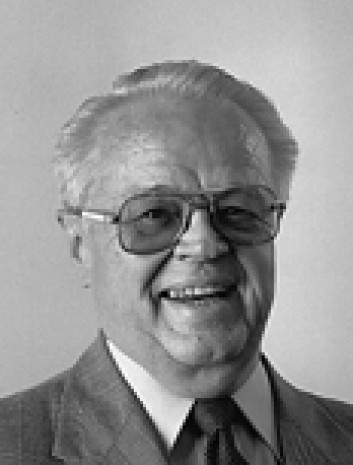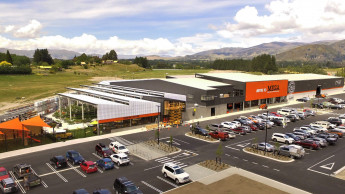DIY in Europe USA
Twenty-five years ago three men joined forces and decided to set up a totally new type of retail business. That decision changed not only the home improvement business in the United States and later the rest of the world, but it also changed the face of retailing in many other fields.
The firm, of course, was Home Depot, and two of the three founders were Bernie Marcus and Arthur Blank. Together with Pat Farrah, they established the first successful warehouse-style DIY store.
From its first four stores in Atlanta of about 6 000 m² (small by today’s standards), Home Depot began one of America’s most amazing growth stories. This year the company is likely to exceed $ 60 bn, having reached $ 58 bn in 2002. For several years it has been the second largest retailer in the US and one of the top five in the world.
What many people do not realise is that Home Depot also spawned a whole new class of trade – the large-format speciality retailer. The success with which Home Depot demonstrates the concept – pile-it-high and sell-it-low – encouraged many other entrepreneurs to adopt the big-box idea. To be found today around the world are office superstores like Office Depot, Office Max and Staples; home furnishings chains including Bed, Bath & Beyond and Linens’n Things, and Pets Mart and others in the pet supply field. The list could go on and on.
Home Depot’s idea of encouraging customers to shop in a warehouse format made them feel they were getting bargain prices (not always true) and access to a hugely diversified inventory, also not always true. But perception is reality, and Depot’s amazing growth testifies to the wisdom of that old adage.









